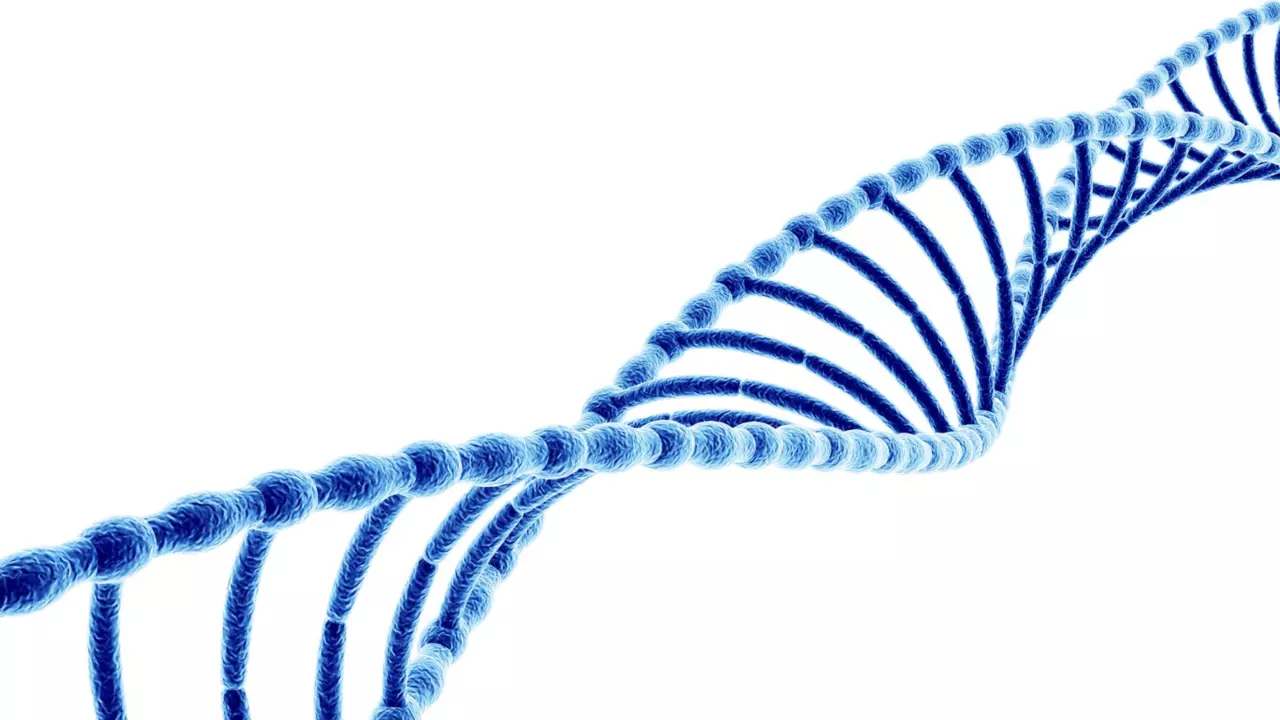BHD Spring Case Reports
9 Nov 2023
Every few months we highlight some of the recent Birt-Hogg-Dubé syndrome (BHD) case reports. A case report is a detailed account of (normally) a single person’s diagnosis and treatment journey. Case reports are published in medical journals and are an opportunity for clinicians to learn about how different conditions may present.
In this blog, we look at two cases of BHD. One focuses on colon cancer and the other on being diagnosed with both congenital contractural arachnodactyly (CCA) and BHD.
BHD and Colon Cancer
In this case, a 47-year-old woman presented to a cancer clinic with a history of a rare type of kidney Cancer called chromophobe renal cell carcinoma. At the time, she did not have a BHD diagnosis.
During a routine colonoscopy, a tumour was found located in the lower part of the intestine. Subsequently, the patient was diagnosed with rectosigmoid colon adenocarcinoma. This is a type of cancer that develops in the glands that line the insides of your bowels. Further tests revealed that she also had lung cysts, although the patient did not have a personal history of lung problems. For treatment, the patient had a part of her colon surgically removed.
The presence of two separate cases of cancerous growth along with lung cysts in a young patient prompted genetic testing. Through genetic testing, a variant in the folliculin (FLCN) gene was identified which is associated with BHD and thus, the patient was diagnosed with BHD. This resulted in a referral to a lung expert who advised clinical monitoring.
The patient was also seen by a skin doctor. They found several fibrofolliculomas on the women which are small, white-to-flesh-coloured bumps and a common sign of BHD.
Some studies have suggested that colon cancer is associated with BHD, while other studies have found that they are not linked. Colon cancer is quite common, meaning that a number of BHD patients may develop these symptoms by chance. This makes it very difficult to conclusively prove they are a symptom of BHD. Case studies such as this support the need for further studies into BHD and colon cancer. It is also an aim of the BHD registry to identify if any other cancers are associated with BHD. This case study also highlights the importance of examining the skin of kidney cancer patients as this would have speed up the diagnosis of BHD.
Two Rare Conditions
The second case describes two family members that have both BHD and CCA. CCA is a rare condition that causes joint problems, curved spines and long limbs, fingers and toes. In some cases it can also affect the heart. It is a genetic condition caused by a mutation in the FBN2 gene. Similar to BHD it is inherited in the autosomal domination pattern. This means that there is a 1 in 2 chance that if your parents have CCA, you will also have CCA.
In this case, both family members reported recurrent lung collapses. Imaging showed that they both had cysts in their lungs. The father had a total of 241 lung cysts. On a full examination, they were also found to have flexed fingers. The similarity between their cases warranted genetic testing leading to the diagnosis of the two rare conditions CCA and BHD.
The authors of this case discussed whether having CCA and BHD could have an additive effect on the formation of cysts in the lungs. FBN2 is involved in making elastin, a protein that provides strength and stretchiness to your tissue and organs, including the lungs. The authors suggest that although a mutation in FBN2 alone does not cause lung symptoms in CCA, it may make the lung symptoms seen in BHD worse.
Further research into how lung cysts form in BHD is needed to understand if there could be a link. However, if someone has multiple rare conditions, it’s important to consider that they may have different needs to someone who only has one rare condition.
What we can learn
A case report on its own cannot prove a link between BHD and colon cancer. Neither can it prove that CCA makes the lung symptoms of BHD worse. However, we can learn from them. These cases show us:
- The importance of doctors completing a full body examination, so they do not miss signs of rare conditions that may be found on the skin or joints.
- Family history of lung collapses should be investigated further and genetic testing should be considered.
To increase our understanding of BHD it is crucial that we get more data. Last year, we launched the BHD syndrome international registry (BIRT). BIRT is a patient-reported database where people with BHD can upload information about their condition. This data will feed into research and help answer vital questions such as whether BHD is associated with any other conditions.
Take part in the registry now. You can also email us with any questions at contact@thebhdfoundation.org.
